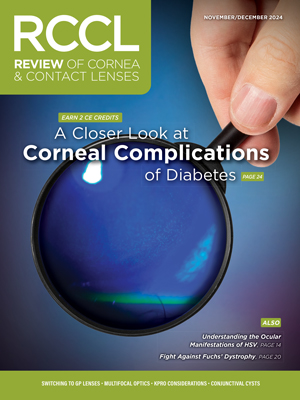Over the years, I’ve become somewhat complacent, writing one prescription after another without much thought .
.
But, of course, I should give this important privilege at least a thought or two. After all, what is a prescription anyway? What does it mean for me to scribble (some who’ve seen my handwriting would say that “scribble” is a generous description) these words down? And, what are we doing when we exercise our hard-won right and deliver the script to our patient?
I think we all can agree that a written prescription is a written communication to the pharmacist––it outlines what we want our patients to have, how much they should have, and how they are to use it. We often whip these prescriptions out without a minute’s thought; however, the written prescription delivered to the patient is only a part of the equation. In addition, we need to explain why we have selected a particular product and why the patient needs to fill the prescription.
To set the record straight, I don’t write unnecessary prescriptions. I don’t write something just to appease the patient, to make them feel good about their visit, or simply to give them something when they leave the office.
If I write a prescription I, like you, expect full well that it will be filled. But, will this actually happen? Would it surprise you to know that 10% to 20% of patients decide not to fill their prescription before they leave the doctor’s office?1 In fact, today, more than 20% of patients try to cut costs and do not fill their initial prescription.1 If we take the time to arrive at an accurate diagnosis and place thought into prescribing the most appropriate medication for the patient’s condition, what good does it do if the patient chooses not to follow through and fill the prescription? As their doctor, we need to take the time to explain what we’re doing by providing a good reason why we’ve elected the particular product and why the patient should fill the script. We have to convince the patient why he or she needs to take the medication as prescribed.
Even if the patient fills the prescription, just 50% of patients with chronic conditions (such as glaucoma) take their medications correctly.1 In these cases, the patient thinks he or she can “save money by skipping doses.” If you consider this attitude, take note that 30% of prescriptions are not refilled, and realize that more than half of patients with chronic diseases cease their medication regimen within the first year, it becomes obvious that we must do a better job of explaining our treatment decisions to our patients.
This line of thinking doesn’t just apply to prescription medications. I’m a firm believer in writing prescriptions for over-the-counter (OTC) products. I started this back in the days when we couldn’t write medical prescriptions, but I could darn well sure write a prescription for an OTC product. Guess what? You still can. If you take the time to arrive at a diagnosis and recommend an OTC therapy, why not take the additional time to put the recommendation in writing to communicate to the pharmacist what it is that you are recommending to the patient. I write prescriptions for OTC products daily—for dry eye, ocular allergy, vitamins, and even contact lens care products. To date, I’ve never had a problem with any pharmacist honoring these scripts.
One helpful hint: Write “OTC” on the prescription pad and explain to the patient that the product is available OTC. By doing this, the patient does not wait in the pharmacy line only to be told that the product is available OTC. This seems to work a little bit better and is more patient friendly. At the same time, the patient is still being “prescribed” a product that you have selected, and they are also given a compelling reason why you have selected this medication.
Remember, a prescription is a written communication between the pharmacist and you. Today, pharmacies have wonderful computer software that lists all the side effects, adverse events, contraindications and precautions for every medication prescribed.
If you take a few moments on the front end to explain why you have prescribed a certain medication, this will go a long way to ensure the patient obtains the recommended medication and is compliant with his or her therapy.
1. Consumer Health Information Corporation. Economic Crisis: Pharma sales will drop as patients cut back. Available at: www.consumer-health.com/press/2008/EconomicCrisisFamilyHealthCareCostswillSkyrocket.htm (Accessed April 26, 2010).


